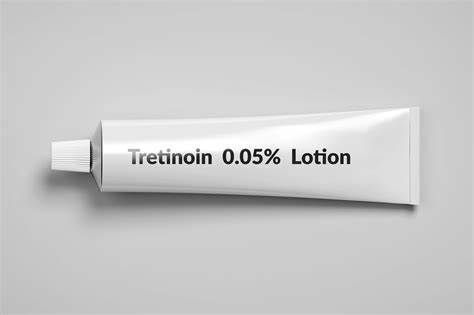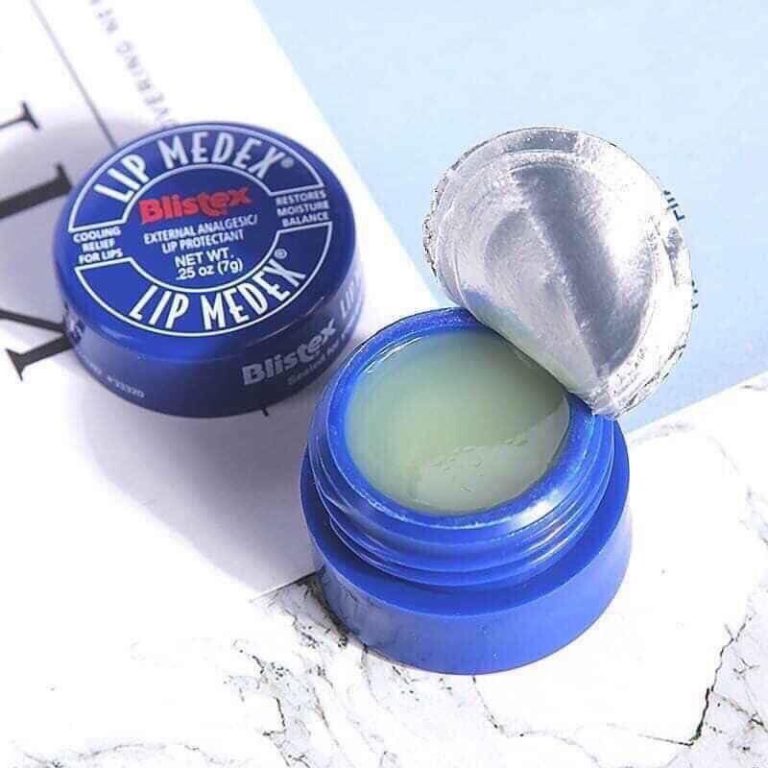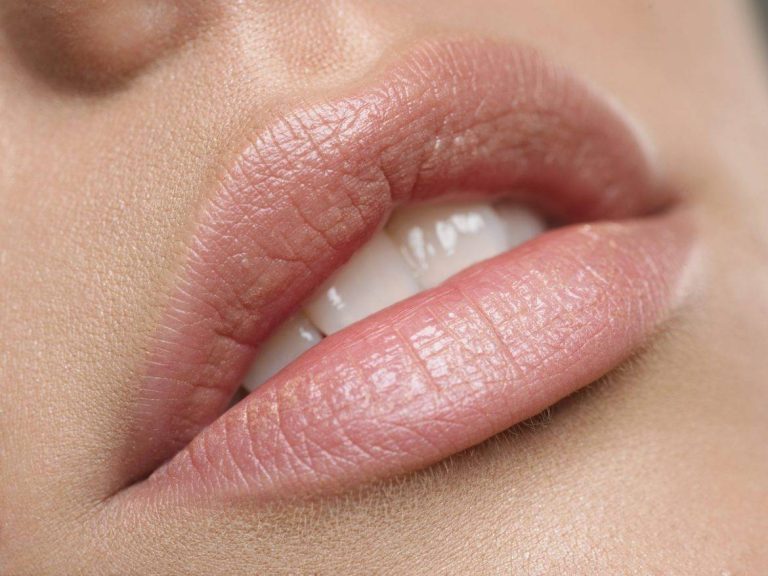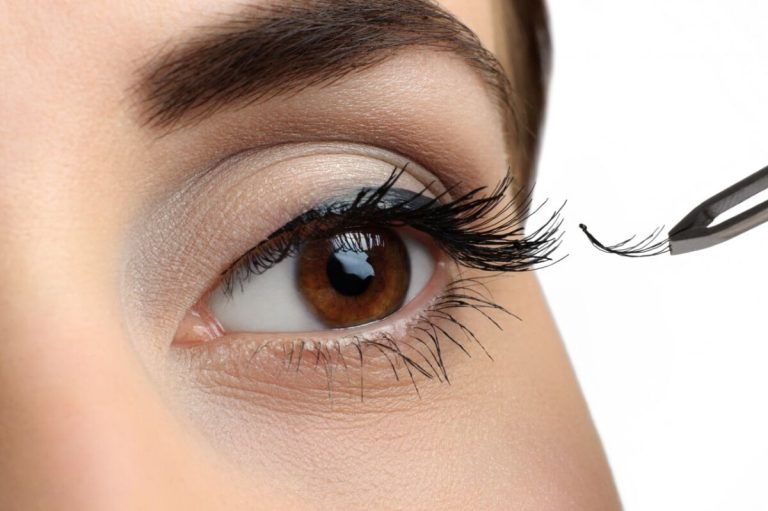How to Use Salicylic Acid and Tretinoin Together for Acne
Acne is a very common skin condition that affects millions of people. From occasional breakouts to more stubborn cystic acne, those pesky pimples can really put a damper on your confidence. If you’ve tried endless over-the-counter acne products with no success, it may be time to try prescription-strength ingredients salicylic acid and tretinoin.
When used together properly, these two powerhouse acne fighters can help clear up even severe breakouts and reveal smoother, brighter skin. As someone who has struggled with acne for years, I’ve learned through trial and error how to incorporate these ingredients into my skincare routine. Read on for tips on using salicylic acid and tretinoin together safely to get your best skin yet.
What Is Salicylic Acid and How Does It Treat Acne?
Contents
- What Is Salicylic Acid and How Does It Treat Acne?
- How Does Tretinoin Work to Treat and Prevent Acne?
- Can You Use Salicylic Acid and Tretinoin Together?
- How to Use Salicylic Acid and Tretinoin Together The Right Way
- Is It OK to Use Salicylic Acid in the Morning and Tretinoin at Night?
- What Order Should You Apply Salicylic Acid and Tretinoin?
- Can People with Sensitive Skin Use Salicylic Acid and Tretinoin Together?
- Is Using Salicylic Acid and Tretinoin Too Harsh for Some Skin?
- How to Combine Salicylic Acid and Tretinoin With Other Products
- What Products Should You Avoid With Salicylic Acid and Tretinoin?
- Conclusion: Be Diligent and Patient for Clear Skin
Salicylic acid is a beta hydroxy acid (BHA) that is popular for treating acne and other skin conditions like melasma. It works by exfoliating the top layers of your skin to keep pores clear of dead skin cells, oil, and bacteria that cause breakouts.
Salicylic acid is effective at:
- Clearing out blackheads and whiteheads
- Reducing acne redness and inflammation
- Softening and removing dry, flaky skin
- Deep cleaning pores to prevent new acne
- Encouraging skin cell turnover for a brighter complexion
You can find salicylic acid in many over-the-counter acne face washes, toners, masks and spot treatments usually in concentrations of 0.5-2%. Higher percentages of salicylic acid are available by prescription for more stubborn breakouts.
When used correctly, salicylic acid can improve mild-moderate inflammatory acne. It may cause some mild dryness or peeling, especially at first.
How Does Tretinoin Work to Treat and Prevent Acne?
Tretinoin is a topical retinoid and vitamin A derivative commonly prescribed for acne treatment. It comes as a cream, gel or oral capsule. Tretinoin works by:
- Speeding up skin cell turnover
- Clearing existing acne lesions
- Unclogging pores
- Reducing acne outbreaks
- Improving skin texture
- Fading dark spots and fine lines
Both topical and oral tretinoin are FDA-approved for treating acne. Topical tretinoin (brand names Retin-A, Retin-A Micro, Renova) is prescribed for mild to severe acne vulgaris. Oral tretinoin (brand name Accutane) is used for severe nodular acne that doesn’t respond to other treatments.
Can You Use Salicylic Acid and Tretinoin Together?
Yes, salicylic acid and tretinoin can complement each other nicely when used properly in an acne skincare routine. Salicylic acid provides exfoliation to keep pores clear while tretinoin increases skin cell turnover and collagen production.
However, it’s crucial to introduce these active ingredients slowly to avoid irritation. Starting with overzealous use of both can seriously damage your skin’s moisture barrier and cause redness, flaking, peeling and sensitivity.
Here are some tips for using salicylic acid and tretinoin together safely:
How to Use Salicylic Acid and Tretinoin Together The Right Way

Start with Low Strength Formulas
If you’ve never used salicylic acid or tretinoin before, introduc both slowly in low concentrations before working up to stronger formulas. Look for a face wash or toner with 2% salicylic acid or lower to use 1-2 times per week.
For tretinoin, ask your dermatologist to prescribe a 0.01% or 0.025% cream or gel to apply 1-3 nights per week. Allow your skin to adjust for a few weeks before increasing frequency.
Use Them Separately
Only apply one active ingredient at a time, never together. The most common routine is using salicylic acid in the morning and tretinoin at night. I like to use my salicylic acid face wash in the morning and apply a prescription tretinoin cream before bed.
Tip: Wait 10-20 minutes after washing or applying actives before layering on other products. This allows your skin to fully absorb each ingredient.
Always Apply SPF in the Morning
Both salicylic acid and tretinoin can make your skin more sensitive to sun damage. It’s crucial to apply and reapply a broad spectrum SPF 30 sunscreen every morning.
Be Patient
It can take 6-12 weeks when using salicylic acid and tretinoin together before you see significant clearing and improvements in your acne. Stick with your routine and slowly increase frequency to avoid irritation. Don’t expect overnight miracles.
How to Use Salicylic Acid and Tretinoin Based on Your Skin Type
Figuring out how to layer these acne-fighting ingredients can take some trial and error based on your skin type and concerns. Here are some tips:
Is It OK to Use Salicylic Acid in the Morning and Tretinoin at Night?
Using salicylic acid and tretinoin separately at different times of day is recommended for most skin types. Here are some guidelines based on skin type:
For Sensitive Skin
If you have sensitive or dry skin, limit salicylic acid to 1-2 times per week in the morning. Only use tretinoin 1-2 nights per week to start. Gradually build up from there if tolerated.
For Oily or Acne-Prone Skin
Those with very oily or acneic skin can likely tolerate using salicylic acid and tretinoin more frequently. Use salicylic acid 1-2 times daily and tretinoin every other evening. Monitor for dryness or irritation.
For Severe Acne
People with severe, cystic acne may need higher concentrations and daily use of these ingredients. Work closely with your dermatologist to determine an optimal routine. Start slowly and focus on moisturizing diligently.
No matter your skin type, take it slow by starting with minimal use of these actives. Focus on gentle cleansing, moisturizing, and SPF too.
What Order Should You Apply Salicylic Acid and Tretinoin?
To get the most out of these ingredients, use them in the right order:
AM: Gently cleanse > Apply salicylic acid toner > Moisturize > SPF
PM: Gently cleanse > Moisturize > Apply tretinoin cream
By cleansing and moisturizing before using your actives, you’ll avoid any potential irritation.
Can People with Sensitive Skin Use Salicylic Acid and Tretinoin Together?
Those with sensitive or easily irritated skin can still reap the benefits of salicylic acid and tretinoin, but extra care must be taken. Start by using each active only 1-2 times per week max to see how your skin tolerates it.
Focus on avoiding irritation by:
- Choosing the mildest formulas in low concentrations
- Never using salicylic acid and tretinoin at the same time
- Layering with gentle, fragrance-free moisturizers
- Using soothing ingredients like niacinamide and ceramides
- Reducing frequency of use if any irritation occurs
Is Using Salicylic Acid and Tretinoin Too Harsh for Some Skin?
Some individuals may find that using salicylic acid and tretinoin together causes their skin to feel dry, flaky, red or sensitive. This can happen when the ingredients are overused, layered improperly or if you have reactive skin.
Signs that your routine is too harsh include:
- Peeling, flaky skin
- Red, irritated skin
- Dry, tight skin
- Increased breakouts
- Itching or burning
If this happens, take a break from one or both actives for a few days to let your skin recover. When reintroducing them, decrease how often you use salicylic acid and tretinoin. Use every 2-3 days instead of daily.
If irritation continues, try alternating nights using each one rather than combining in the same routine. Your dermatologist can also prescribe lower percentage formulas.
How to Combine Salicylic Acid and Tretinoin With Other Products
When using powerful acne-fighting ingredients like salicylic acid and tretinoin, it’s important not to overload your routine with other potentially irritating products. Here are some tips:
Use a Gentle Cleanser
Opt for a creamy, non-foaming cleanser without fragrances, alcohols or harsh surfactants that could strip your skin. I like Cetaphil Gentle Skin Cleanser.
Don’t Exfoliate Every Day
Salicylic acid provides chemical exfoliation. Using additional manual or chemical exfoliators could over-dry your skin.
Choose a Non-Comedogenic Moisturizer
Hydrating is crucial when using drying acne medications. Look for an oil-free, non-comedogenic moisturizer like CeraVe PM Facial Moisturizing Lotion.
Let Each Product Absorb Before Layering
Wait 10-20 minutes after cleansing or using your actives before applying other products. This prevents irritation.
Avoid Other Drying Ingredients
Be cautious combining products with alcohol, fragrances, retinol, glycolic acid or benzoyl peroxide which may worsen dryness and irritation.
What Products Should You Avoid With Salicylic Acid and Tretinoin?
Some ingredients are best avoided when using salicylic acid and tretinoin together since they can increase irritation. Steer clear of:
- Benzoyl peroxide – can cause dryness and peeling
- Alpha hydroxy acids (glycolic, lactic acids) – also exfoliate, raising risk of irritation
- Vitamin C (L-ascorbic acid) – may be too harsh leading to redness and dry skin
If you want to use additional acne treatments like benzoyl peroxide, check with your dermatologist for guidance on how to combine them safely in your routine.
Conclusion: Be Diligent and Patient for Clear Skin
Dealing with acne breakouts can negatively impact your self-esteem, but incorporating proven ingredients like salicylic acid and tretinoin into your skincare routine can help get your clear, glowing skin back.
However, patience and diligence will be required when using these potent acne medications together. Avoid irritation by introducing them slowly, using only one active per routine, and layering with gentle hydrators. It may take up to 3 months to see the full benefits.
With some trial and error, you can tailor an effective acne-fighting skincare regimen with salicylic acid and tretinoin. Stick with it and your hard work will pay off with dramatic reductions in breakouts, less acne scarring, improved skin texture and enhanced radiance.

Founded by Sophia Rodriguez, IGXO Cosmetics is a PETA-certified, cruelty-free, and vegan makeup brand.





